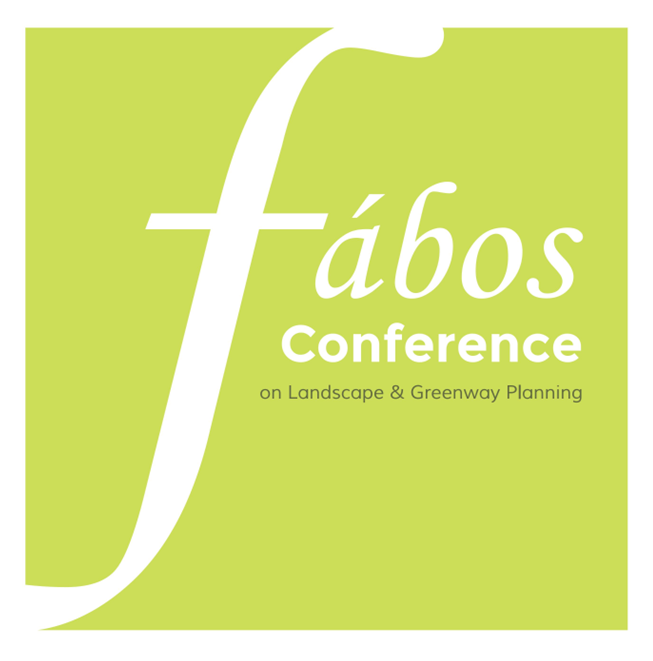The Historic Rampart of Yazd: Finding the Palimpsest of a Forgotten Greenway
Abstract
The conversation about greenways has always had its own complications. The most supported definition is ‘A linear space containing elements planned, designed and managed for multiple purposes including ecological, recreational, cultural, aesthetic and other purposes compatible with the concept of sustainable land use’.
In the historical city of Yazd, there were networks of ways that in addition to connecting the origin and destination, included environmental, historical, ritual, cultural, etc. values. In previous years, the condition of the historical context of Yazd was worrying, but after registering the historical context of Yazd as a UNESCO World Heritage, measures were taken to protect and restore the existing tangible and intangible heritage and Important issues were found.
In the investigation of greenways in the historical context of Yazd city, we face several basic questions:
What was the function of these greenways in their historical form and what tangible and intangible heritage did they contain?
How can authenticity and integrity be restored in these greenways?
What is the role of the historical rampart of Yazd city (ilkhanid-safavid) in the urban morphology and the formation and functions of these greenways, and how can the rampart in its current state help to revive these greenways?
Keywords: greenways, heritage, rampart
How to Cite:
radyar, m. & Razavi, n., (2025) “The Historic Rampart of Yazd: Finding the Palimpsest of a Forgotten Greenway ”, Fábos Conference on Landscape and Greenway Planning 8(1). doi: https://doi.org/10.7275/fabos.2736
334 Views
279 Downloads
